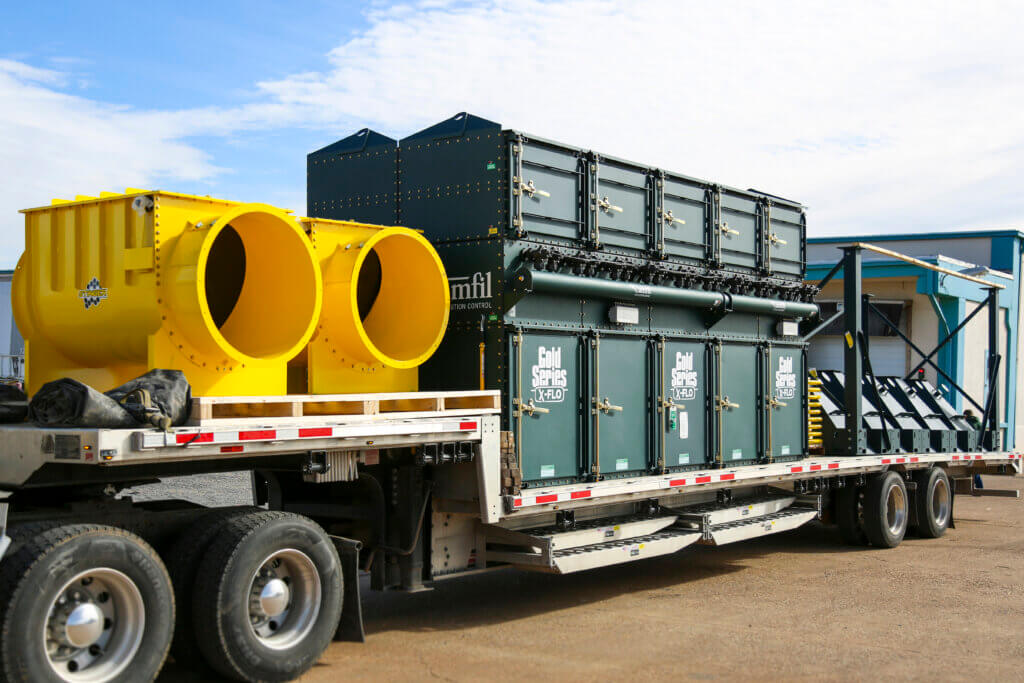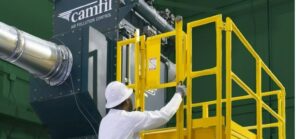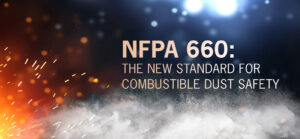In our most recent Let’s Talk Clean Air podcast, our host, Jacob Stewart, sat down with Camfil’s mid-south regional sales manager, Taylor Morgan, to discuss how clean air affects the workplace.
Morgan began the podcast by explaining the installation process of Camfil dust collectors.
“Typically a customer has an application that requires dust, mist and/or fume collection at their facility,” Morgan said. “Typically they have a manufacturing process that generates some sort of dust, it could be a nuisance dust, a hazardous dust, a flammable dust or even a combustible dust.”
Morgan explains that these concerns must be addressed at the forefront in order for the workers and facility to be protected. Morgan said that equipment must be sized and designed specifically for the application, process and facility – a speciality of Camfil APC. Camfil APC provides drawings, manuals and installation videos to the end user for each dust, mist and fume collection project.
“After we reach this process, the customer receives the equipment, the installation has begun by the contractor and/or end user, and now we can kind of dig into what we’d want to review on the checklist,” Morgan said.
After the equipment is installed and inspected based on the custom drawings and pdfs, Morgan says it’s important to work through the dust collector startup checklist to ensure the equipment works efficiently. In the podcast, Morgan and Stewart take a deep dive into the checklist.
“Once [the checklist] has been completed and all checks are made and the manufacturing process is set to begin with your newly installed dust collection equipment, now you can run dust under your dust collector and start running your process,” Morgan said. “Once the dust starts entering the collection system, you want to check the discharge device for an example to make sure it’s discharging dust into the bin, the sack or the 55-gallon drum.”
At this point, Morgan says the startup process is near completion. The end-user and contractor has now confirmed the discharge system is working correctly in conjunction with the dust collector. Once the operators are happy with everything and any minor changes have been made, Morgan says the dust collector startup checklist can now be filed away and used when needed by the end-user as a “handy” tool for maintaining the dust, mist or fume collector.
To hear the step-by-step checklist explained by Taylor Morgan, please follow this link to our podcast.
You can also view a video version of the podcast here.
 Americas
Americas 




